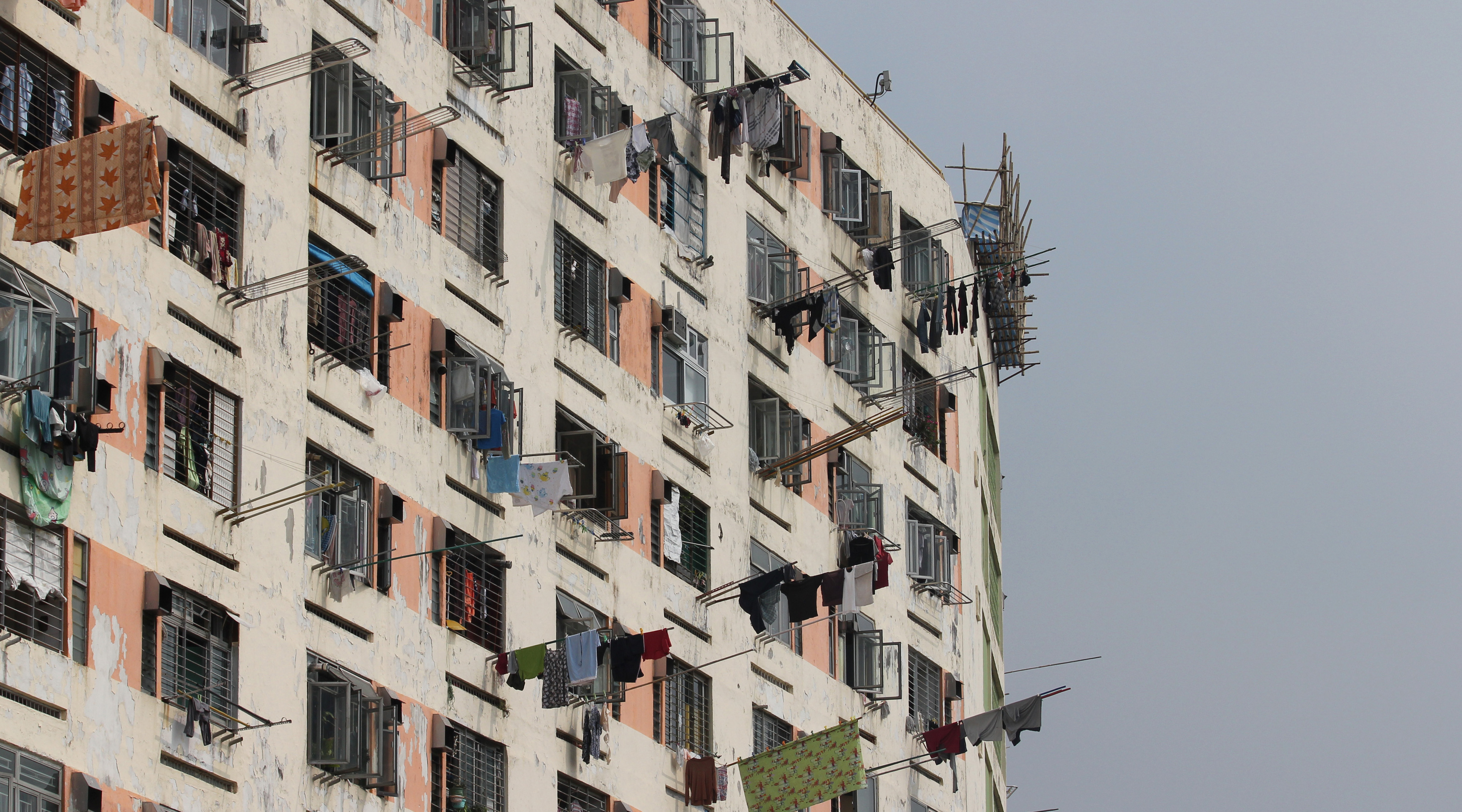
Paul Yip
The recent summit on poverty provided some encouraging news on alleviating the problem. Taking into account recurrent government cash benefits, the poverty rate dipped from 19.6 per cent to 14.3 per cent last year, and the number of poor people was the lowest in six years.
The poverty rate – the proportion of households earning less than half the median household income – is a relative one. The increase in the number of older adults and single-parent households over the past decade has made it harder to reduce the poverty rate, as these households are often worse off than the general population.
In fact, the poverty gap has widened. While there are fewer people living in poverty compared with 2009, the funding needed to bridge the gap has risen by more than HKD$3 billion over the same period.
The situation among the poor has got worse, partly as a result of the increasing number of unemployed young adults and single elderly. The poverty rate among the unemployed is eight times higher than for those with jobs, for example.
The government has rightly pointed out that continuous economic growth with a good employment market is the most effective way to improve people’s livelihoods. However, to reduce poverty in a meaningful way, the benefits of growth need to be shared by every sector.
Over the past decade, our economy has grown, with nearly full employment. But wages, especially among low-income earners, have lagged behind. If the government just wants to reduce the poverty rate, it can target those just below the poverty line to achieve maximum effect with minimum resources. But that doesn’t necessarily translate into an improvement of quality of life for most poor people.
Further, low-skilled workers’ self-esteem would be raised if they earned a wage rather than having to rely on government subsidies. It is very unfortunate that most low-income earners work for companies that the government has outsourced its work to.
The government rightly focused on youth mobility at the recent summit. Likewise, businesses have been working hard to create opportunities for our young through work experience and mentorship programmes. It is vital to nurture our younger generation. As the Hong Kong workforce starts to dwindle from 2018, it is important to ensure the current and next generation are more productive.
At the same time, we need to diversify our economy to create more opportunities. The education curriculum is very much exam-oriented. Among schools with a large proportion of academic low achievers, perhaps only 1 per cent will get a place at university; for the rest, time spent in the classroom leads nowhere. For those who are not academically inclined, it is a self-defeating and demoralising experience.
In contrast, the German vocational model places students in different schools based on their skills and talent and whether they are vocationally or academically orientated. At the end, the majority find a job with decent pay.
The success of the German model requires a good mix of economic activities in society and the infrastructure for vocational types to find decent jobs. The Hong Kong government has to diversify our economic portfolio to cater to our young people’s different talents.
For now, the government seems to be winning the battle to contain the spread of poverty but the war is far from over. There is no magic bullet, but hard work and dedication do pay off. Hong Kong can flourish if we all work together.
Paul Yip is a professor of Social Work and Social Administration at the University of Hong Kong.
This article was published on SCMP on Saturday, 24 October, 2015. Please click here to find out more.
